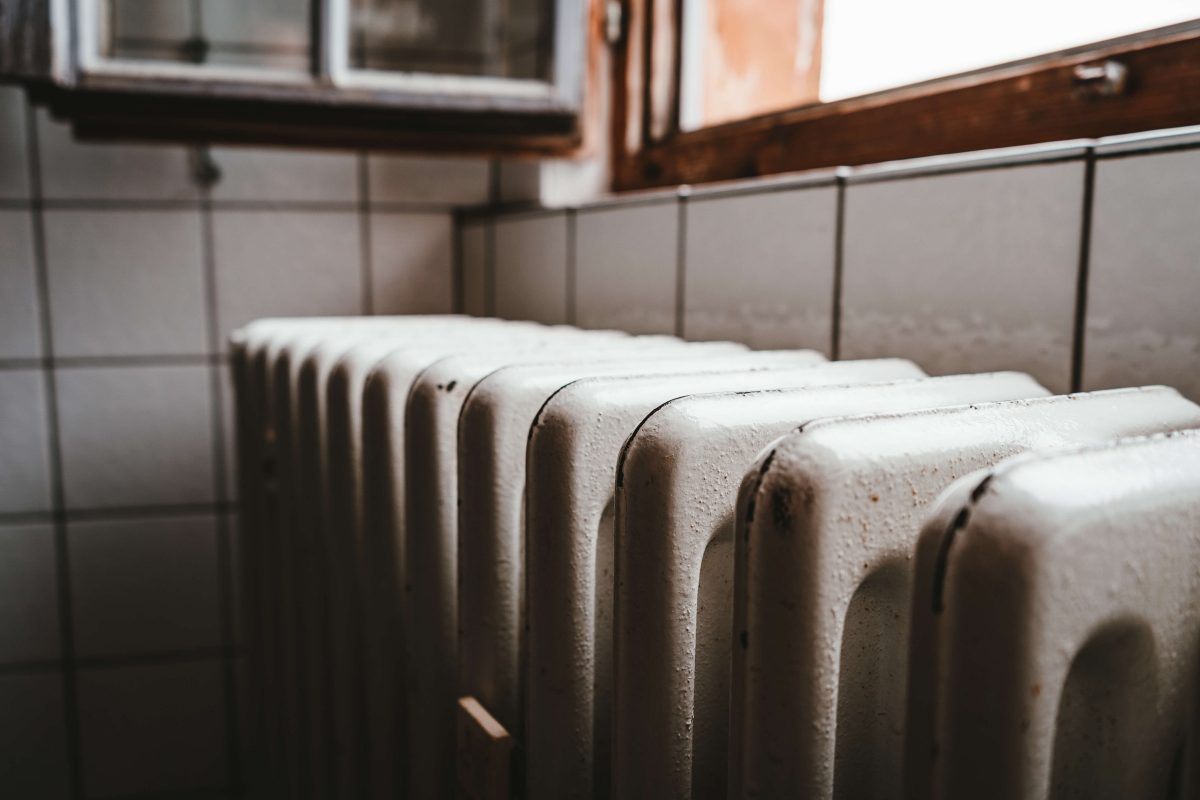Thermal comfort is a feeling of temperature that is unique to each person. According to the statistics, about 78% of Americans carry out thermal comfort improvement works in their house in order to reduce energy bills. Moreover, it is necessary to find the right balance between the temperature of the house and the level of humidity. In general, the thermal comfort of a house depends on several parameters.
The 3 main levels of obtaining an excellent thermal comfort

To obtain good thermal comfort, it is necessary to act on these 3 levels:
- The occupants: the sensitivity of each one has a great influence on the thermal comfort. Thus, it is essential to wear clothes adapted to each season.
- The building: it is necessary to install insulating materials and efficient windows to reduce air movement and avoid the phenomenon of cold walls.
- Integrated ventilation systems such as humidity-controlled ventilation combined with a set temperature of 19°C and 20°C and good regulation also reduce energy consumption and improve thermal comfort.
The modes of heat transmission (heating)

We distinguish 3 modes of heat transmission:
- This one is specific to solids (distinct bodies or objects) by conduction. The transmission of heat is carried out from hot to cold.
- By radiation: the transmission is carried out by the intermediary of the electromagnetic rays (sun or infra-red waves). In the case of simple glazing, the radiation emitted is cold, especially in winter, which causes thermal discomfort. It is then advised to adopt double glazing.
- By convection: this mode of transmission is specific to fluids that can move (gas, air, and liquids). When the volumes to be heated are essential, using “blowers” or “convectors” is not recommended.
The criteria on which thermal comfort depends

There are several criteria to be taken into account for thermal comfort:
- Insulation of the walls from the inside: It is less expensive than insulation from the outside, but an insulation specialist must do it.
- Metabolism or the production of heat inside the human body: this parameter allows to maintain the heat at around 36,7 °C. It is also recommended to practice regular physical activities as a compliment.
- Clothing: this is the most important point not to be neglected. It represents an efficient thermal resistance and allows regulating the heat exchanges between the environment and the skin surface.
- The set temperature or ambient temperature must be well set: between 19°C and 20°C. Beyond this, there is a risk of drawing energy up to about 7%.
- The temperature of the transparent or opaque walls: has an influence on the temperature felt. To calculate it, it is necessary to make the average between the ambient temperature and the walls. Also, it is necessary to limit the thermal bridges thanks to sound insulation of housing to increase the temperature.
- Air movements: it is about humidity and draughts. The interior air humidity must be between 40% and 60%, especially in winter. This is the basis for determining whether the temperature in a room should be lowered or raised.
- The draught is qualified as a natural phenomenon of air movements appearing by temperature difference. It favors the transpiration in summer, while it is the thermal exchanges between the air and the body in winter. To regulate it, it is recommended to install a controlled mechanical ventilation system that automatically renews the air in the whole house.
Thermodynamic and solar water heater

The thermodynamic tank works like a heat pump. It absorbs the calories from the room in which it is located (ideally, a laundry room) to heat the water. It thus allows energy savings and offers an ecological alternative for domestic hot water production. It is very easy to install without requiring major work.
The solar water heater uses the heat of the sun to heat water. It requires the installation of solar panels on the roof of your home. While it also allows you to save traditional energy (gas or electricity), it is more of a backup hot water production solution because it cannot cover all of a household’s hot water needs (when the days are not very sunny, for example, the solar water heater cannot produce enough hot water).
Today, to ensure your domestic hot water production, you have the choice. But what is essential, in the renovation as in construction, is to combine efficiency and energy savings. The solar water heater is my personal favorite; even if it might be the most expensive one on our list, it is the best choice and alternative for our planet.
Sound off in the comments section below and tell us what you want to read next and if you want to read more about heating systems.

